Photo

From My Practice Book For Me Level 2 by Thorn, McCreary-Juhasz, Smith, Munroe & Richmond, 1966.
6 notes
·
View notes
Text

239 notes
·
View notes
Text

Edward Jean Steichen :: American dancer, Harriet Hoctor on pointe in an arabesque, wearing all black costume which includes a cap. Vanity Fair, 1932. | src and hi-res Getty Images
View on WordPress
109 notes
·
View notes
Photo
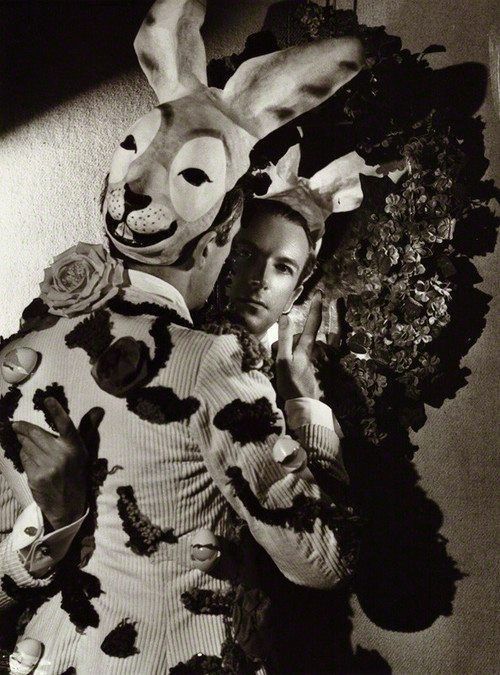
Cecil Beaton as the Easter Bunny, photographed by Gordon Anthony (1937).
504 notes
·
View notes
Photo


147 notes
·
View notes
Photo


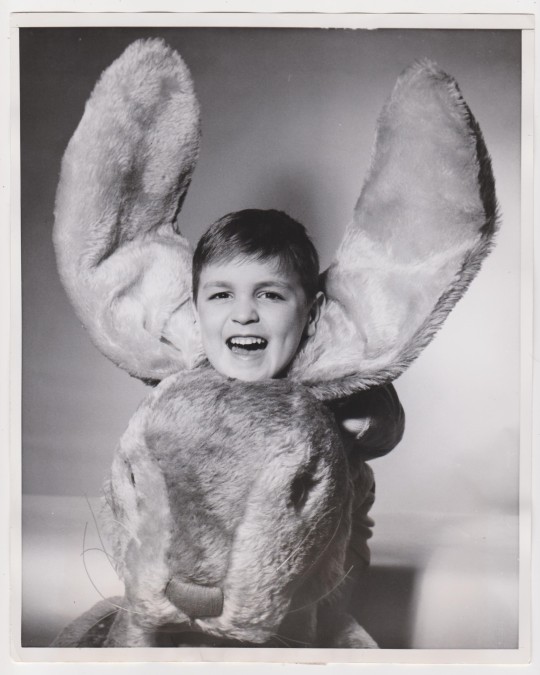

46 notes
·
View notes
Photo
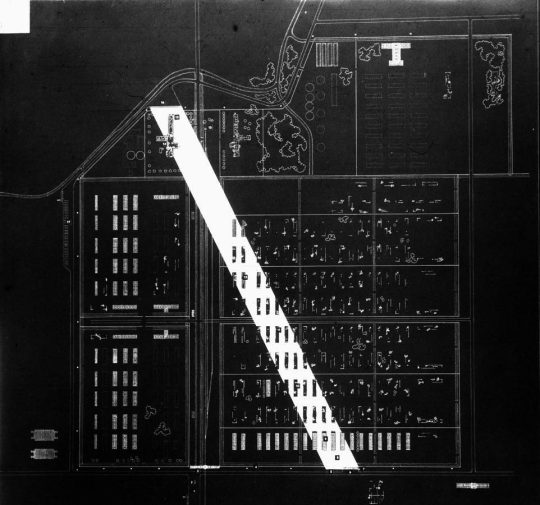
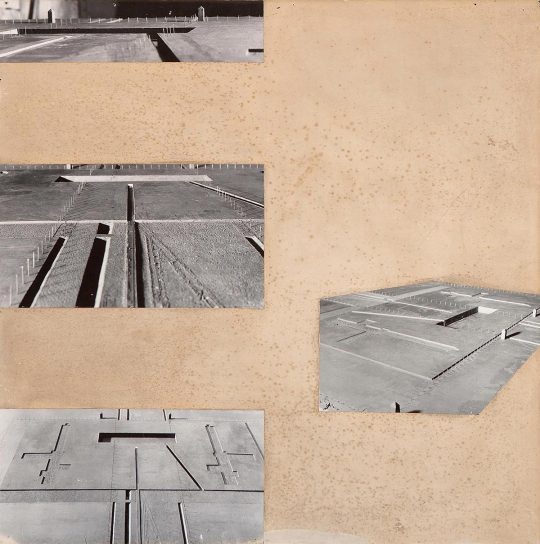
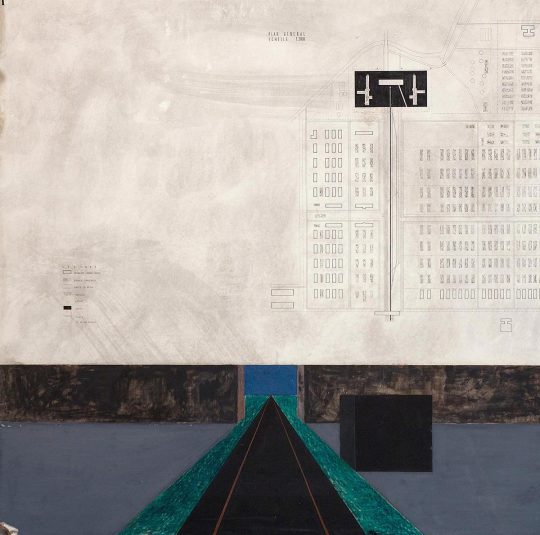
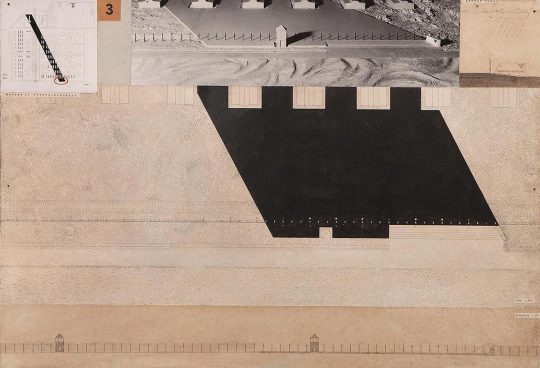
The Road, 1958: An Antimonument by Oskar Hansen
“The Road” is an unbuilt project by Polish architect Oskar Nikolai Hansen (team leader) with Zofia Hansen, Jerzy Jarnuszkiewicz, Edmund Kupiecki, Julian Pałka and Lechosław Rosiński. The project is an entry for an international competition and an exhibition at the Auschwitz-Birkenau Museum in 1958. The brief was to design a monument to the victims on the site of the death camp. The proposal by Hansen’s team refuses a sculptural approach and overall the notion of monument in itself and considers the whole site as a memorial. A black paved road one kilometer long and 70 metres wide cuts diagonally through the former camp while the main gate which leads to it is kept shut. All elements met by the road would be preserved, while all the rest, the chimneys, the barracks, the railway ramp, would have been left untouched and exposed to the effects of time, decaying and being overgrown by plants. People would have come to perform individual commemorative actions using the road as a background. In a sense, “The road”, with its ability to show the petrified time of a tragedy, reminds Gibellina’s Cretto by Alberto Burri.
via socks
225 notes
·
View notes
Photo
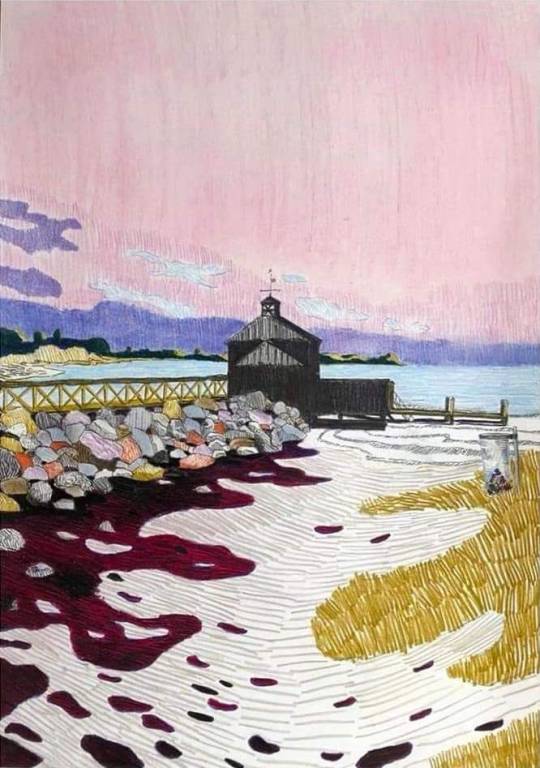

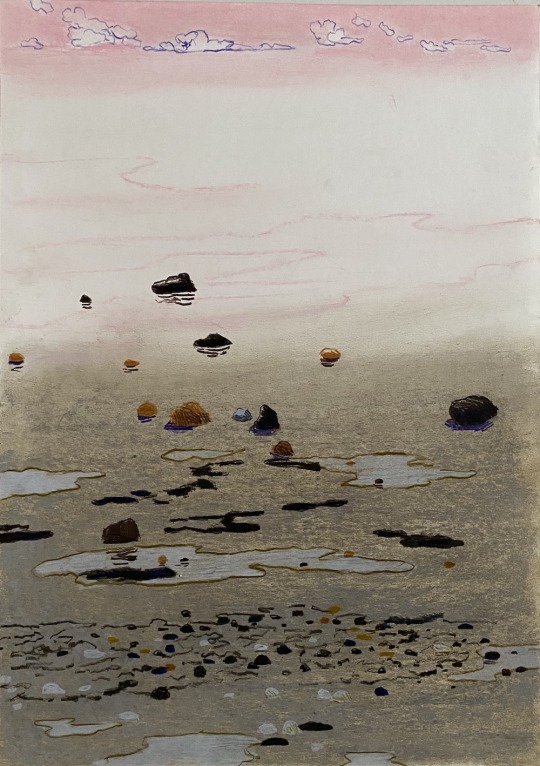
Per Adolfsen(Danish, b.1964)
1. Bathing Cabin and a Trash Can on a Beach color pencil, graphite and chalk 2. Empty Beach 2020 Graphite, Pencil, 23 3/5 × 16 ½ in 3. Low Tide Seden Beach 2020 Colored pencil and chalk on Hahnemuehle paper, 16 ½" × 11 4/5" here and here
179 notes
·
View notes
Photo

Source details and larger version.
Newsworthy: a collection of weird headlines and book titles.
23 notes
·
View notes
Photo



Setsuko Hara in A Woman in the Typhoon Area (Hideo Oba, 1948)
11K notes
·
View notes
Photo

Source details and larger version.
Crawling along: my collection of vintage turtle imagery.
22 notes
·
View notes
Photo
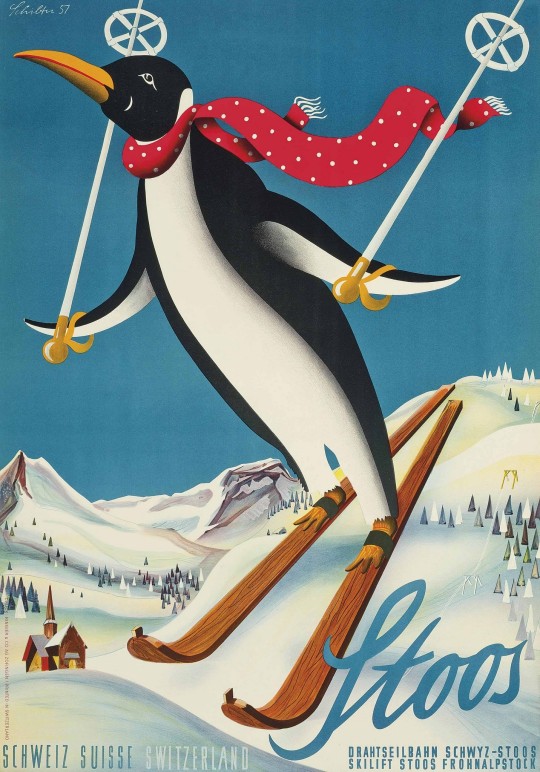
3 notes
·
View notes




